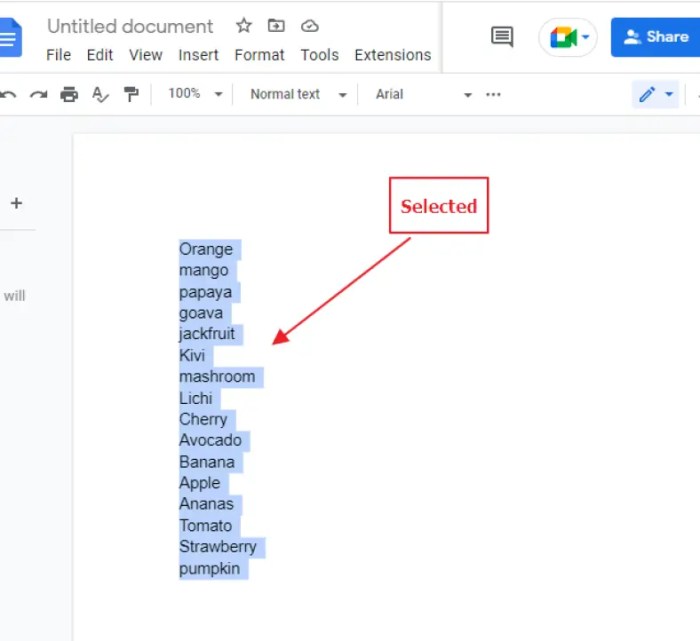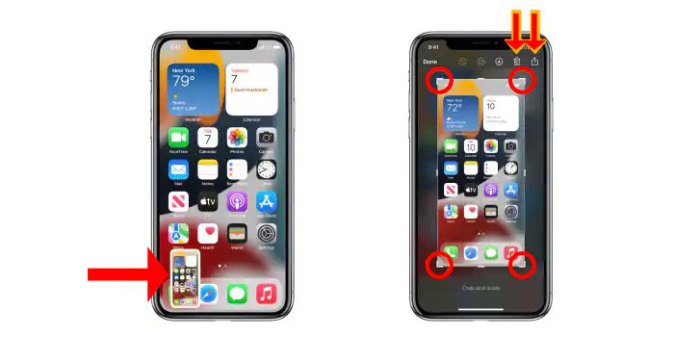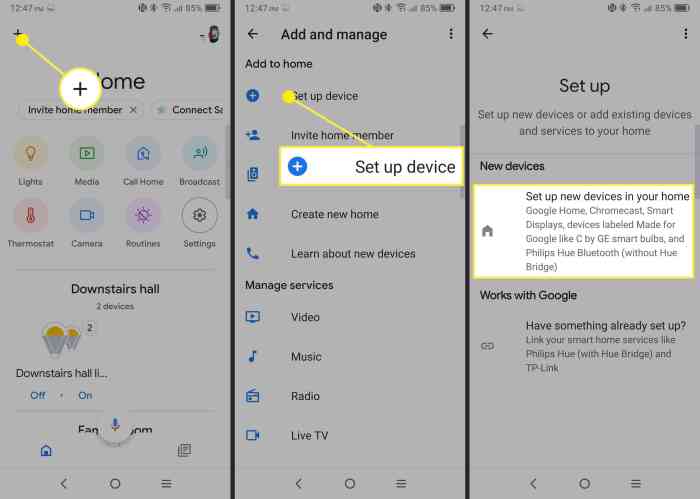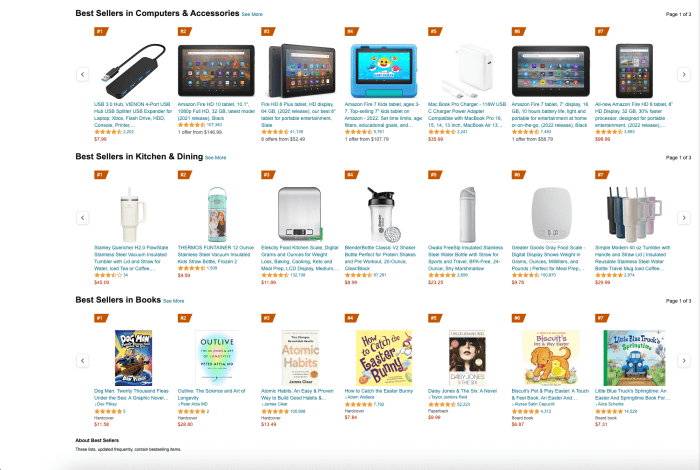
Selling on Amazon has become a popular way for businesses and individuals to reach a wider audience and increase their sales. With its vast customer base and robust infrastructure, Amazon offers a unique opportunity to entrepreneurs looking to expand their reach.
However, navigating the complexities of selling on Amazon can be daunting for beginners. This comprehensive guide will provide you with all the essential information you need to start selling on Amazon, from creating your seller account to managing inventory, shipping products, and providing excellent customer service.
Whether you’re a seasoned seller or just starting out, this guide will equip you with the knowledge and strategies to succeed on Amazon. We’ll cover everything from setting up your seller account and optimizing product listings to managing inventory, fulfilling orders, and providing exceptional customer service.
By following the steps Artikeld in this guide, you’ll be well on your way to building a successful Amazon business.
Seller Account Creation
Setting up an Amazon seller account is a simple process that can be completed in a few minutes. You will need to provide some basic information, such as your name, address, and contact information. You will also need to choose a seller plan and provide your payment information.
Once you have created an account, you will be able to list your products for sale. You can choose to sell new or used products, and you can set your own prices. Amazon will charge you a commission on each sale, and you will also be responsible for shipping costs.
Seller Account Types
There are two types of Amazon seller accounts: individual and professional. Individual accounts are free to create, but they have some limitations. For example, individual sellers can only list a limited number of products for sale, and they cannot use some of Amazon’s advanced selling tools.
Professional accounts cost $39.99 per month, but they offer more features and benefits. Professional sellers can list an unlimited number of products for sale, and they can use all of Amazon’s advanced selling tools.
| Feature | Individual Account | Professional Account |
|---|---|---|
| Monthly fee | Free | $39.99 |
| Number of products you can list | Limited | Unlimited |
| Access to advanced selling tools | No | Yes |
Inventory Management
Inventory management is crucial for successful Amazon selling. Amazon offers two primary inventory management methods: Fulfillment by Amazon (FBA) and Fulfillment by Merchant (FBM).FBA involves storing and shipping inventory in Amazon’s fulfillment centers. Amazon handles order fulfillment, including picking, packing, and shipping, as well as customer service and returns.
FBM, on the other hand, requires sellers to manage inventory and handle order fulfillment themselves.
Optimizing Inventory Levels
Optimizing inventory levels is essential to avoid stockouts and overstocking. Sellers can use Amazon’s inventory management tools to track inventory levels and set minimum and maximum stock levels. Amazon also provides notifications when inventory levels are low, allowing sellers to replenish stock promptly.
Shipping and Fulfillment
Once you’ve created your listings and determined your pricing, it’s time to consider how you’ll get your products to your customers. Amazon offers a variety of shipping options to choose from, each with its own pros and cons.
You can either fulfill orders yourself (FBM) or use Amazon’s Fulfillment by Amazon (FBA) service. With FBM, you’re responsible for storing, packing, and shipping your products. With FBA, Amazon handles all of these tasks for you.
Fulfillment by Amazon (FBA)
FBA is a great option if you want to save time and hassle. Amazon will store your products in their warehouses and handle all of the shipping and customer service for you. This can free up your time to focus on other aspects of your business, such as product development and marketing.
- Pros:
- Saves you time and hassle
- Amazon handles all of the shipping and customer service
- Your products are eligible for Prime shipping
- Cons:
- Can be more expensive than FBM
- You have less control over the shipping process
Fulfillment by Merchant (FBM)
FBM is a good option if you want to save money or have more control over the shipping process. With FBM, you’re responsible for storing, packing, and shipping your products yourself. This can be more time-consuming and require more effort, but it can also be less expensive than FBA.
- Pros:
- Can be less expensive than FBA
- You have more control over the shipping process
- Cons:
- Can be more time-consuming and require more effort
- Your products are not eligible for Prime shipping
Customer Service
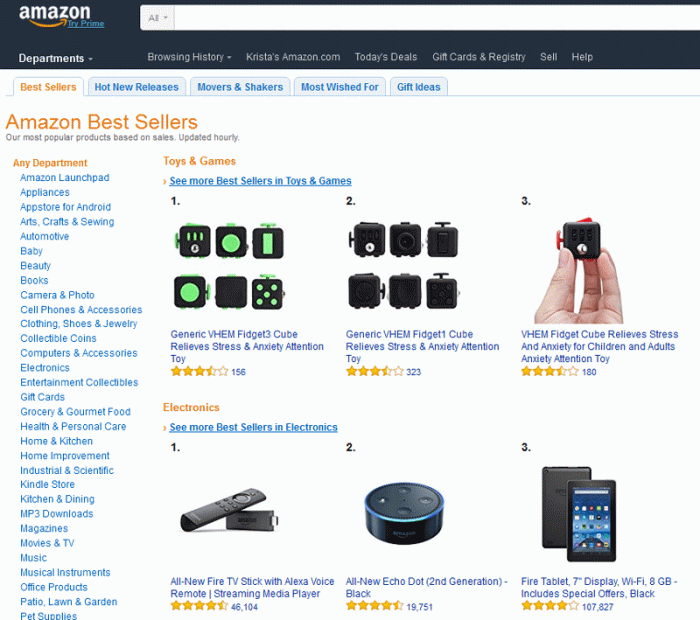
Exceptional customer service is crucial for success on Amazon. Customers expect prompt, efficient, and courteous responses to their inquiries and issues.
Here are some best practices for providing excellent customer service on Amazon:
Handling Common Customer Inquiries
Common customer inquiries include:
- Product availability and shipping times
- Order status and tracking
- Returns and refunds
- Product defects or issues
- Billing questions
When responding to customer inquiries, it’s important to:
- Respond promptly and courteously
- Provide clear and concise answers
- Be empathetic and understanding
- Resolve issues quickly and efficiently
- Follow up with customers to ensure satisfaction
Pricing and Promotions
Pricing and promotions are essential aspects of selling on Amazon to maximize sales and profits. Understanding the dynamics of pricing and using promotions effectively can give sellers a competitive edge in the marketplace.
Pricing Strategies
* Competitive Pricing: Research competitor prices and adjust your pricing accordingly to stay competitive.
Value-Based Pricing
Determine the perceived value of your product and set a price that reflects its quality and benefits.
Cost-Plus Pricing
Calculate the cost of goods sold and add a markup to determine your selling price.
Dynamic Pricing
Adjust prices based on factors such as demand, seasonality, and inventory levels.
Promotions and Discounts
* Coupons: Offer discounts on specific products or categories to attract customers.
Lightning Deals
Promote products at a reduced price for a limited time to create a sense of urgency.
Buy One Get One Free (BOGO)
Offer a free product with the purchase of another item.
Multi-Buy Discounts
Provide discounts for purchasing multiple units of the same product.
Prime Day
Participate in Amazon’s annual sale event to reach a wider audience and boost sales.Using promotions and discounts strategically can increase visibility, generate demand, and drive sales. Experiment with different promotions to determine what works best for your products and target audience.
Marketing and Advertising
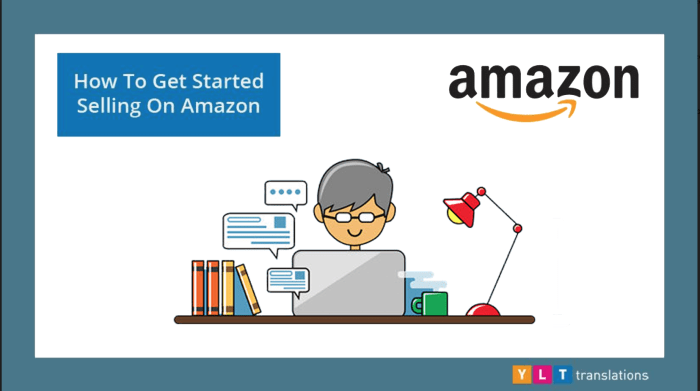
Amazon offers a wide range of marketing and advertising options to help sellers reach their target audience and boost sales. These options include:
- Amazon PPC (Pay-Per-Click) advertising
- Amazon Sponsored Products
- Amazon Sponsored Brands
- Amazon DSP (Demand-Side Platform)
Amazon PPC is a powerful tool that allows sellers to promote their products on Amazon’s search results pages and product detail pages. Sellers can target specific s that customers are searching for, and their ads will appear in the search results or on the product detail page for those s.
Amazon PPC ads are charged on a pay-per-click basis, which means that sellers only pay when someone clicks on their ad. This makes Amazon PPC a cost-effective way to reach a large number of potential customers.
Amazon PPC Best Practices
To get the most out of Amazon PPC, sellers should follow these best practices:
- Use relevant s. The s you choose for your Amazon PPC ads should be relevant to the products you are selling and the s that customers are searching for.
- Write compelling ad copy. Your ad copy should be clear, concise, and persuasive. It should highlight the benefits of your product and make customers want to click on your ad.
- Target your audience. Amazon PPC allows you to target your ads to specific demographics, interests, and behaviors. This can help you reach the customers who are most likely to be interested in your products.
- Set a budget. Before you start running Amazon PPC ads, you need to set a budget. This will help you control how much you spend on advertising.
- Monitor your results. Amazon PPC provides a variety of tools that you can use to monitor the results of your ads. This data can help you improve your campaigns and get the most out of your advertising budget.
Analytics and Reporting
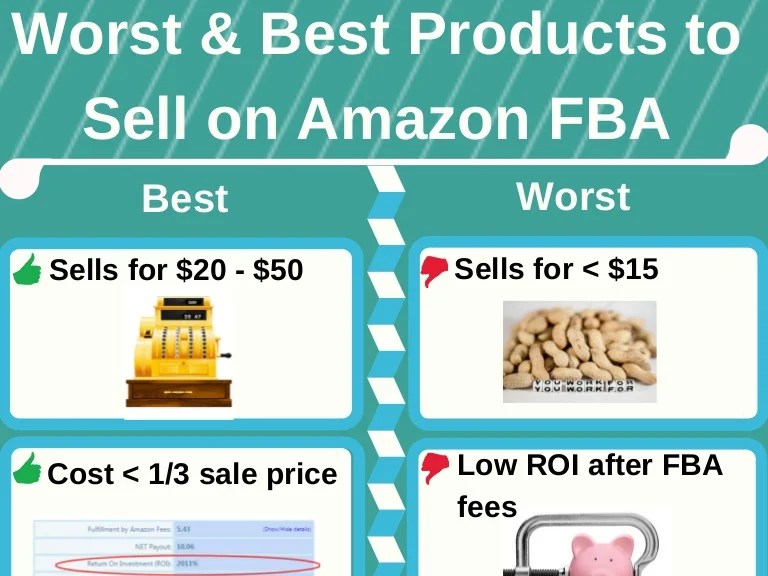
Tracking and analyzing sales data is crucial for understanding how your products perform and identifying areas for improvement. Amazon provides a suite of reporting tools that can help you monitor your progress, optimize your listings, and make data-driven decisions.
By leveraging these tools, you can gain insights into key metrics such as sales volume, conversion rates, customer demographics, and competitor analysis. This information can help you adjust your pricing, optimize your product descriptions, and identify marketing opportunities to drive sales and enhance customer satisfaction.
Key Metrics
- Sales Volume: Track the number of units sold over time to monitor your sales performance.
- Conversion Rates: Measure the percentage of visitors who make a purchase to identify areas for improvement in your product listings and checkout process.
- Customer Demographics: Understand the characteristics of your customers, such as age, location, and browsing history, to tailor your marketing efforts and product offerings.
- Competitor Analysis: Compare your sales data to that of your competitors to identify opportunities for differentiation and market share growth.
Reporting Tools
- Amazon Seller Central: Access real-time sales data, manage inventory, and monitor customer feedback.
- Amazon Business Analytics: Gain insights into customer behavior, sales trends, and competitive benchmarks.
- Amazon Marketing Services: Track the performance of your advertising campaigns and optimize your marketing spend.
- Amazon Brand Analytics: Monitor brand performance, track customer engagement, and measure the impact of your marketing efforts.
Amazon Policies and Guidelines
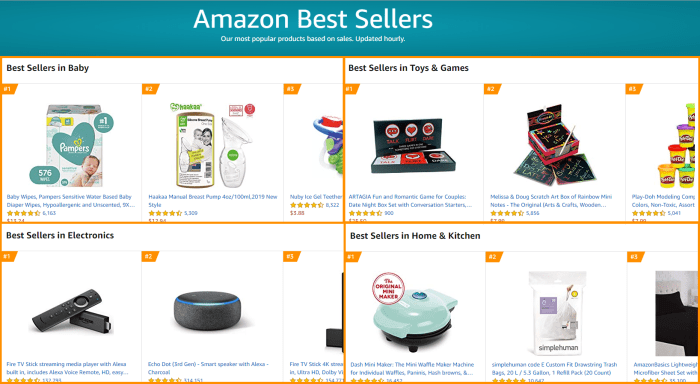
Amazon has a set of policies and guidelines that all sellers must follow. These policies are designed to protect both buyers and sellers, and to ensure that the Amazon marketplace is a fair and competitive environment.
Some of the most important Amazon policies include:
- Product listings: All products listed on Amazon must be accurately described and priced. Sellers must not engage in any deceptive or misleading practices, such as using false or exaggerated claims or creating duplicate listings for the same product.
- Customer service: Sellers are responsible for providing excellent customer service. This includes responding to customer inquiries promptly and resolving any issues in a timely and professional manner.
- Shipping and handling: Sellers must ship products promptly and in accordance with Amazon’s shipping policies. Sellers are also responsible for any damage or loss that occurs during shipping.
- Intellectual property: Sellers must not infringe on the intellectual property rights of others. This includes selling counterfeit or unauthorized products.
Violations of Amazon’s policies can result in a variety of penalties, including:
- Product listings being removed
- Seller accounts being suspended or terminated
- Fines
It is important for sellers to be familiar with Amazon’s policies and guidelines and to comply with them at all times.
Troubleshooting and Support
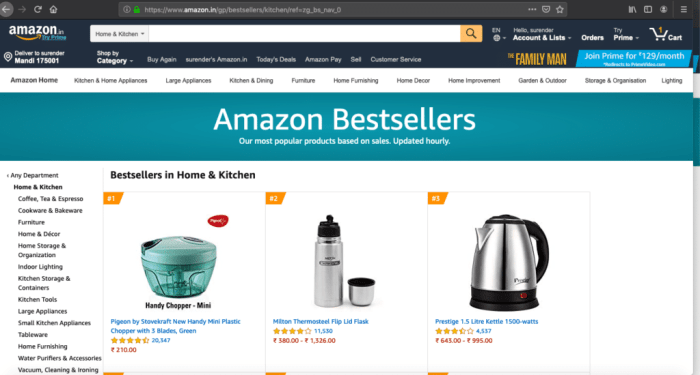
When encountering issues while selling on Amazon, there are resources available to assist you in troubleshooting and resolving them.
Amazon provides a comprehensive Seller Central Help section, accessible through your seller account, where you can find articles, FAQs, and tutorials addressing common problems.
Contacting Amazon Support
If you are unable to resolve an issue through the Seller Central Help section, you can contact Amazon support directly for assistance.
- Phone: You can call Amazon’s seller support line at the number provided in your Seller Central account.
- Email: You can send an email to Amazon support by navigating to “Contact Us” within your Seller Central account.
- Live Chat: Amazon offers live chat support during specific hours, accessible through the “Contact Us” section in Seller Central.
Summary

Selling on Amazon can be a lucrative and rewarding experience, but it’s important to approach it with a well-informed strategy. By understanding the platform’s policies, leveraging its marketing and advertising tools, and providing excellent customer service, you can position yourself for success on Amazon.
Remember, building a successful Amazon business takes time and effort, but with the right approach, you can tap into the vast potential of this e-commerce giant and achieve your business goals.


